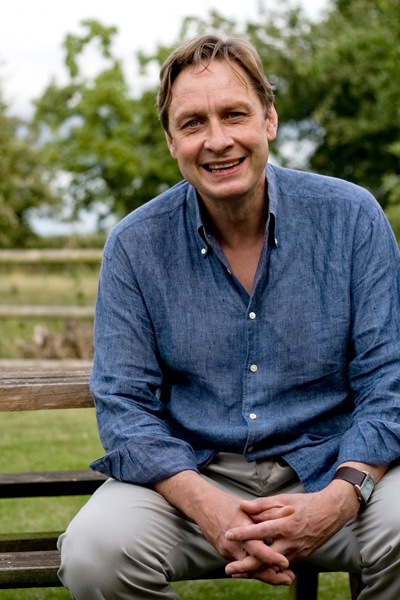A continuo is an accompanying part used in Baroque music, which provides a bassline for the other parts and adds harmony.
At some time during that historically sprawling period we call The Renaissance, something happened to our notions of harmony.
As far as we can tell today, harmony during the late medieval period was something that in popular music was added to support or heighten a melody, or in polyphonic church music resulted from the interaction of the intertwining voices.
But with the rise of opera and the madrigal, with their emphasis on the ebb and flow of earthly human passion, thinking about harmony became more sophisticated. The role of dissonance –the jab or frisson of pain, without which the pleasure of relaxation or resolution was impossible – began to acquire new terms and conditions.
Now any chord should also be understood in terms of where it was headed – context was everything. Most radically of all, instead of the harmony simply following or emerging from the melody line or lines, music began to think from the bass up.
The result was the ‘continuo’, or in its original fullness, ‘basso continuo’. One instrument, or more commonly one group of instruments, now commanded the musical texture. It all centred on the bass line.
Above the principal notes of the bass part, numbers and other musical symbols (‘figures’) started to appear like sharps or flats. These were to tell the keyboardist, or any other instrument capable of playing polyphonically like the lute or theorbo, what harmonies to build up from that bass (chord symbols in modern guitar music or in jazz work on much the same principle).
As well as filling out the sometimes skeletal textures of Baroque music with warm, supple harmonic flesh, the continuo could also provide the rhythmic glue that kept a large ensemble together – the harpsichord, with its sharp clear attack, was particularly useful in this respect.
In this, the continuo-player was a bit like the modern conductor, except that as a hands-on musician he was presumably less prone to barbed or mutinous comments from his colleagues.
When did it die out? We don’t tend to use continuo instruments in the symphonies and concertos of Haydn, Mozart and early Beethoven today, but the composers themselves evidently did, and the practice lasted rather longer in church music.
Perhaps the increasing size of orchestras simply made direction from within the ranks impractical – the beat now has to be seen. In which case, vanity and the will to power had only to seize the opportunity.
This article was first published in the October 2015 issue of BBC Music Magazine
